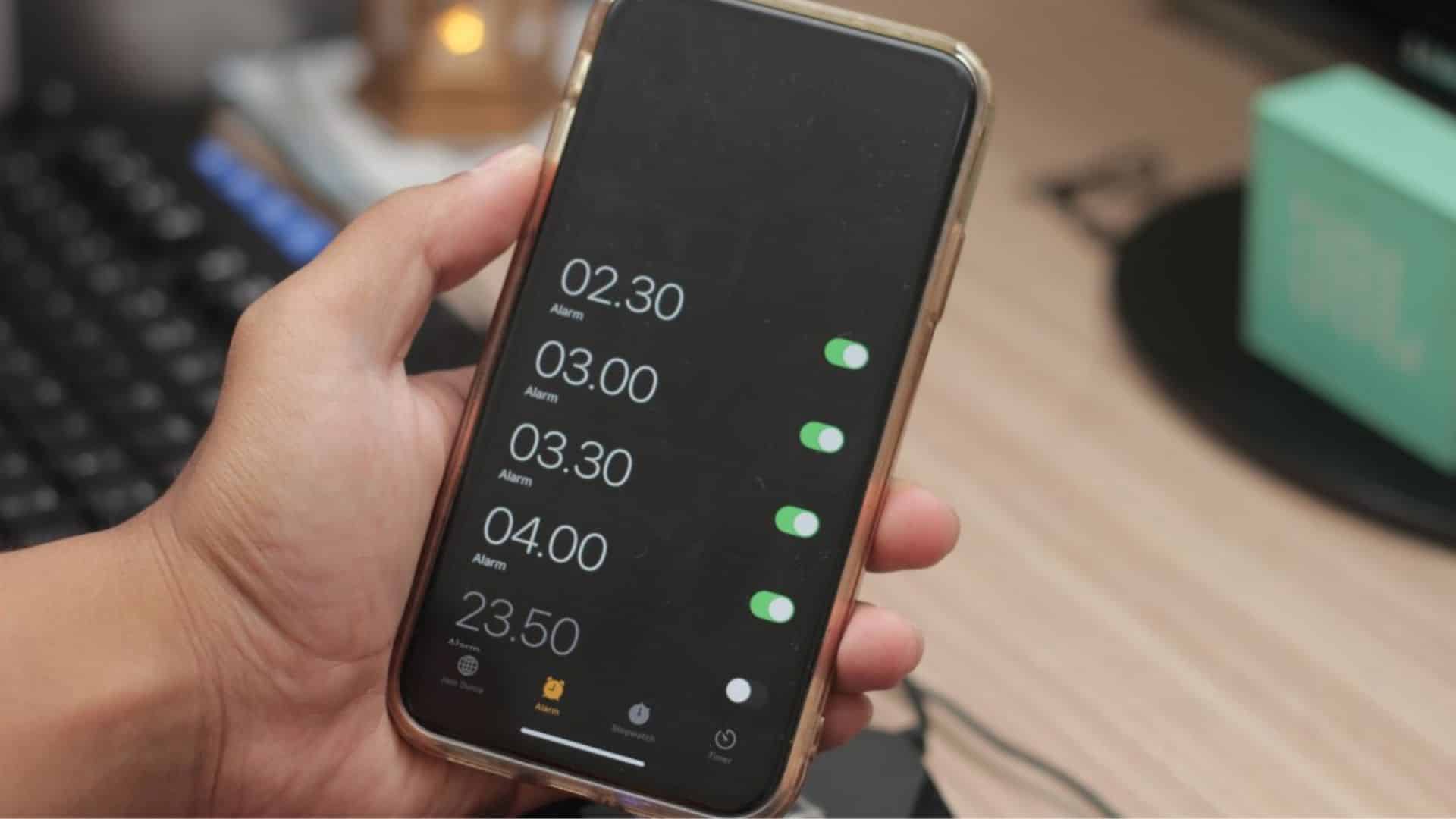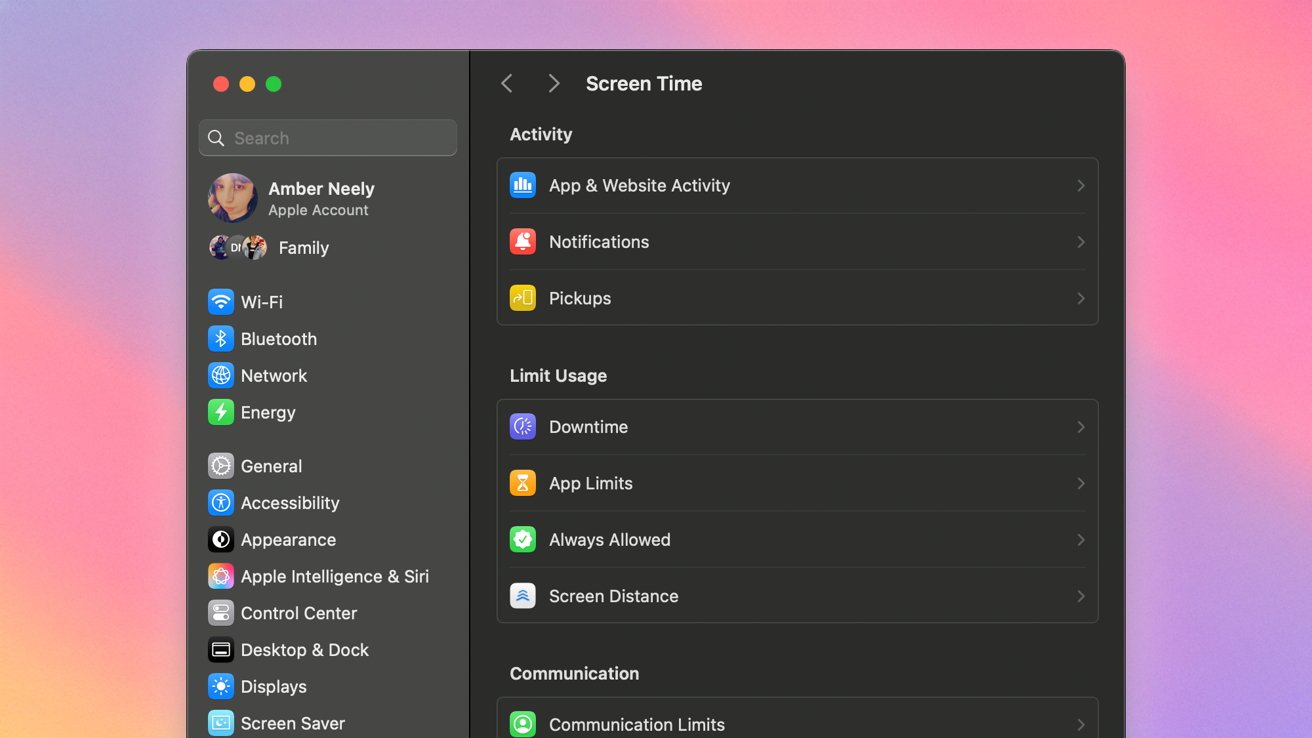In the modern era, smartphones have become integral to our daily routines, with many individuals relying on their devices for various functions, including waking up in the morning. The iPhone’s built-in alarm has, for many, replaced the traditional bedside clock. However, this shift raises questions about the reliability of digital alarms compared to their analog counterparts.
User Experiences and Reliability Concerns
A significant number of iPhone users report years of flawless alarm performance. For instance, some individuals have relied solely on their iPhone alarms for early morning shifts without issue. Additionally, pairing the iPhone with an Apple Watch provides added certainty through vibration alerts, enhancing the wake-up experience. The iOS Sleep Schedule feature is also popular, offering a structured approach to sleep and wake times, though it limits the choice of alarm tones to softer sounds.
However, there have been documented instances where iPhone alarms did not function as expected. In 2024, during the iOS 18 cycle, Apple acknowledged issues where alarms failed to go off. The company recommended users disable the Attention Aware feature, which can lower alarm volume if the phone detects eye contact. Other reported problems include custom Apple Music songs not triggering alarms and daylight saving time adjustments causing misfires. While these issues appear rare, their existence prompts some users to keep a traditional clock as a backup.
The Case for Traditional Alarm Clocks
Traditional alarm clocks offer certain advantages that digital devices may lack. For example, a plug-in clock is not dependent on battery life, reducing the risk of failure due to a dead battery. Additionally, traditional clocks are not susceptible to software glitches or updates that might interfere with functionality. Some users appreciate the simplicity and reliability of a basic alarm clock, especially in situations where oversleeping could have serious consequences, such as missing a flight or an important meeting.
Redundancy and Best Practices
Reliability experts agree that no alarm system is infallible. A plug-in clock can fail during a power outage, while an iPhone can fail if the battery dies or certain settings interfere. To mitigate these risks, some individuals set a secondary alarm five minutes later than the primary one, while others spread alarms across multiple devices to reduce the chance of a complete failure.
For most users, the iOS alarm is dependable enough to serve as the main wake-up tool. However, for situations where oversleeping carries serious consequences, using a backup remains the safer option. The iPhone can replace your clock in daily life, but for absolute certainty, it should not be your only line of defense.
Conclusion
While the iPhone’s alarm function offers convenience and integration with other features, it is not without its potential pitfalls. Traditional alarm clocks provide a level of reliability that is not influenced by software updates or battery life. Ultimately, the choice between using an iOS alarm or a traditional clock depends on individual preferences and the importance of ensuring a timely wake-up. Employing redundancy by using both methods may offer the best assurance against oversleeping.



